Types of ski boots
Firstly, we need to clarify whether we are buying downhill ski boots or skialp boots.Both types differ significantly in the fastenings and the fixation method because different type of bindings are used for alpine skis and downhill skiing. Skialp skis are mainly characterised by low weight and a particularly generous range of motion. The production uses special technology that are able to increase the toughness of the boot without increasing its weight
The most popular choice for downhill skiers is all-mountain ski boots. They offer a more universal range of functions and guarantee maximum comfort. The manufacturers even thought about those who can't stand the feeling of coldness on their feet and equipped some premium model lines with special technology for heating the inside of the boot. The drawback for such comfort is the higher weight of the boot, but for recreational skiing, you can forgive a few tens of grams.
Professional skiers, on the other hand, try to get racing ski boots with the lowest possible weight. They pay particular attention to functional properties such as strength, the ability to control movement, acceleration and response.
Foot size
A common mistake of inexperienced skiers is that they choose slightly larger ski boots. They are afraid that otherwise their shoes will rub or that they would feel cold in them. The ski boot should sit exactly on the foot. After closing the clips, the toes should touch the front of the inner part of the shoe - the so-called liner. In a typical ski position with the knees bent, the foot in the slipper moves back a little so that the toes stop feeling the pressure from the front of the liner. It should also be noted that the liner tends to loosen a little more, so the foot will have plenty of space inside. When testing, it is important to fasten the ski boot from the upper clips downwards so that the heel of the foot is better fixed in the back of the boot.
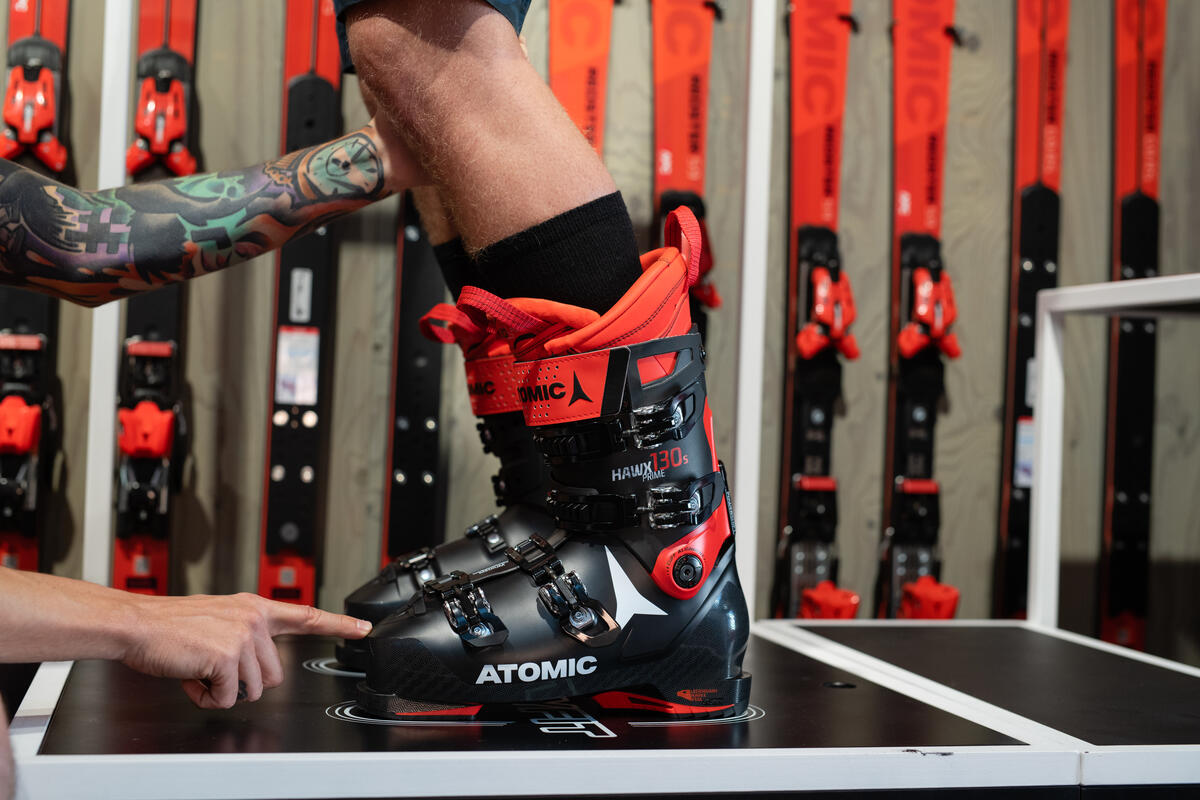 The boot must sit on the foot like a glove. Each person's foot is specific and any growth on the heel or a thicker ankle can significantly impair the comfort of the foot in the boot. If the foot does not feel good during skiing, even after 20 minutes, another boot should be tried. A reliable method of choosing a suitable shoe size is to wear a regular sock that we use in ski boots, stand on paper, and draw a footprint. The perpendicular measured between the heel and the longest toe reveals the exact length of the foot in cm.
The boot must sit on the foot like a glove. Each person's foot is specific and any growth on the heel or a thicker ankle can significantly impair the comfort of the foot in the boot. If the foot does not feel good during skiing, even after 20 minutes, another boot should be tried. A reliable method of choosing a suitable shoe size is to wear a regular sock that we use in ski boots, stand on paper, and draw a footprint. The perpendicular measured between the heel and the longest toe reveals the exact length of the foot in cm.
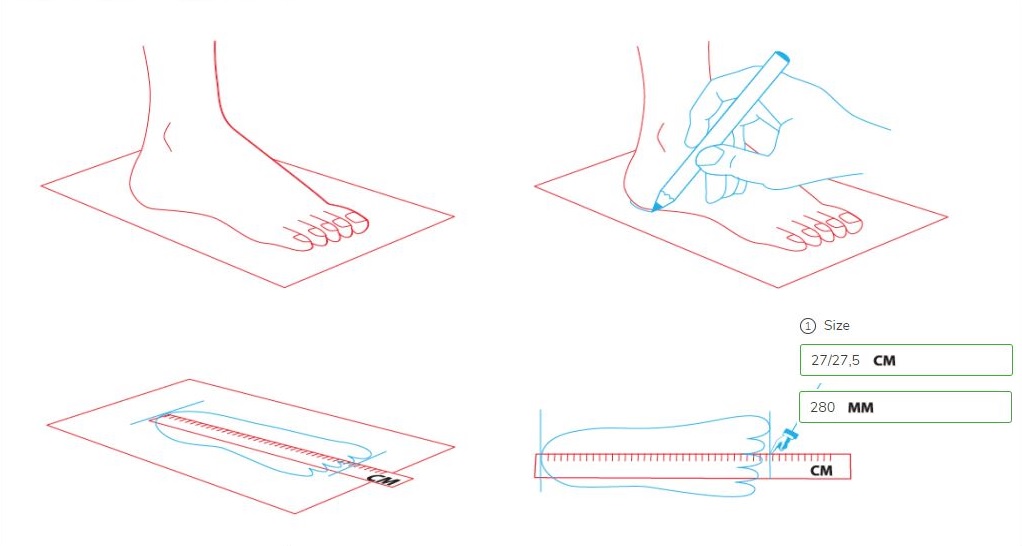 Shell width
Shell width
In addition to the size of the ski boot, we will also focus on the width of its shell. The foot must not be too tighto in the ski boot nor too loose, otherwise it loses its accuracy. Inexperienced skiers often focus mainly on choosing the appropriate size of boot for length, whilst not realising that the exact width of the shell is just as important. We measure it similarly to the length - we stand on a piece of paper in a sock which we use when skiing, outline a foot on it - the distance between the outer joint of the big toe and the little toe joint in cm (the line must be perpendicular to the center axis of the foot) represents the correct size.
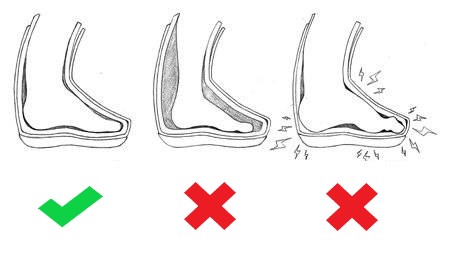
Flex index
This number refers to the stiffness of the boot and the ability of the boot material to withstand the pressure from the boot. When choosing the right flex index, we take into account the weight of the skier, their level of skiing ability and their ski equipment. In general, stiffer boots, ie those with a higher flex index, are chosen mainly by more experienced or heavier skiers. A recreational skier can easily follow a simple rule: his own weight in kg and the flex index of the shoe must match, so if someone weighs, for example, 85 kg, he chooses skis with the same or the closest flex index number.
Walking mode
We can't avoid walking, even during skiing. Skialpers have to climb the hill in ski boots, but there are also plenty of downhill skiers. When moving to and from the slope or to a restaurant, buffet or toilet, they can travel several kilometers a day. Therefore, let's also take notice of whether it is a ski boot adapted to walking mode and what walking flexibility it allows. The degree of flexibility is given in degrees and indicates the angle to which a skier with activated walking mode can bend the ankle.
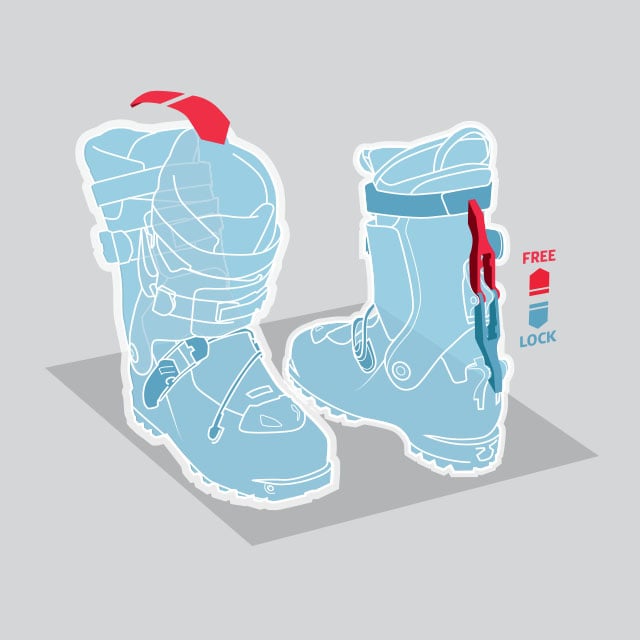
Our recommendation
Now you know which parameters are important when choosing ski boots. Still can't choose? We examine numerous models every day and we can help you choose the right model according to quality, equipment and price. See our recommendation:
Reasonably priced ski boots
Ski boots with the best price-performance ratio
Premium quality ski boots
Reasonably priced Skialp boots
Skialp boots with the best price-performance ratio
Premium quality Skialp boots
 Musical Instruments
Musical Instruments

 Water Sports
Water Sports


 Sport
Sport


 lt
lt

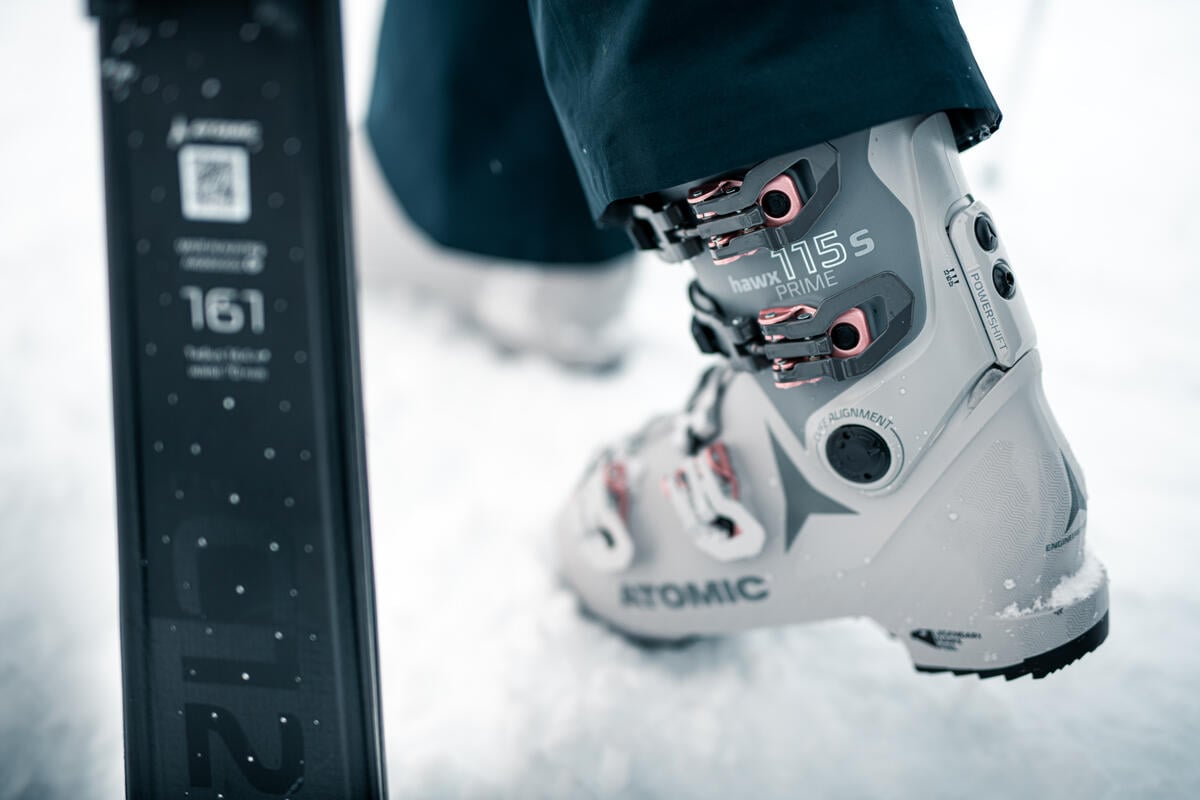
 The boot must sit on the foot like a glove. Each person's foot is specific and any growth on the heel or a thicker ankle can significantly impair the comfort of the foot in the boot. If the foot does not feel good during skiing, even after 20 minutes, another boot should be tried. A reliable method of choosing a suitable shoe size is to wear a regular sock that we use in ski boots, stand on paper, and draw a footprint. The perpendicular measured between the heel and the longest toe reveals the exact length of the foot in cm.
The boot must sit on the foot like a glove. Each person's foot is specific and any growth on the heel or a thicker ankle can significantly impair the comfort of the foot in the boot. If the foot does not feel good during skiing, even after 20 minutes, another boot should be tried. A reliable method of choosing a suitable shoe size is to wear a regular sock that we use in ski boots, stand on paper, and draw a footprint. The perpendicular measured between the heel and the longest toe reveals the exact length of the foot in cm. Shell width
Shell width
